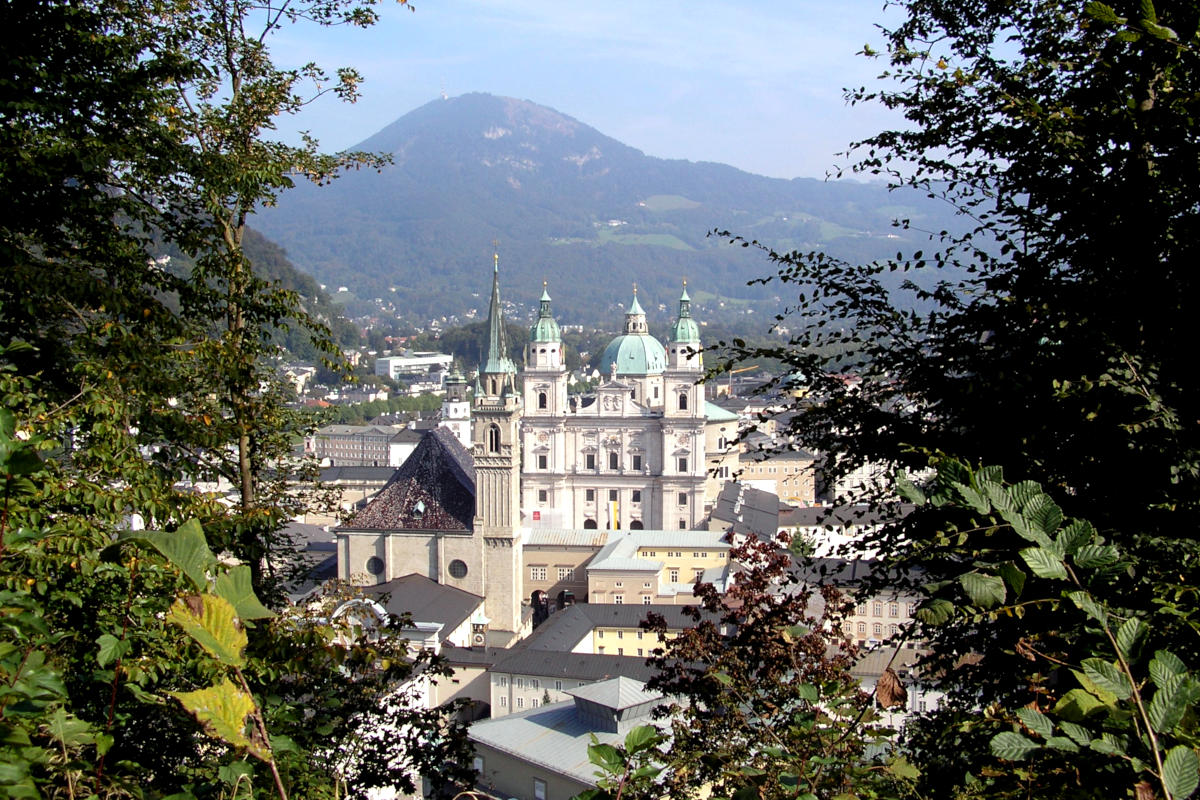Peridot: The Lush Green Gemstone
Peridot, with its vibrant green hue, is a semiprecious gemstone that has captivated individuals for centuries.

Known for its captivating color and mystical qualities, this gemstone carries a fascinating history and continues to be cherished today. Let us explore the scientific specifications, origins, mining practices, and historical significance of peridot.
Scientific Specifications and Origin
Peridot is the gem-quality variety of the mineral olivine. Its vivid green color comes from the presence of iron within its crystal structure. Peridot's color can range from a pale yellowish-green to a deep, intense green. It is one of the few gemstones that occur in only one color.
The formation of peridot is associated with volcanic activity and can be found in igneous rocks, such as basalt and peridotite. It is formed deep within the Earth's mantle and is brought to the surface through volcanic eruptions or tectonic activity.
Main Sources and Modern Mining
Peridot is found in various regions around the world, with notable sources including the United States (Arizona and Hawaii), Myanmar, Pakistan, China, and Egypt. The volcanic islands of Hawaii, in particular, are famous for producing high-quality peridot gemstones.
Modern mining techniques involve both open-pit and underground mining methods. Deposits are located through geological surveys, and mining operations involve the careful extraction of peridot-bearing rocks. Miners use tools and machinery to remove the ore, and the extracted material undergoes sorting and processing to isolate the gemstone.
After extraction, peridot gemstones are cut and faceted to enhance their brilliance and reveal their inner beauty. Skilled lapidaries transform rough peridot into a variety of shapes, including facets, cabochons, and beads, allowing the gemstone's vibrant green color to shine through.
Historical Significance
Peridot has a rich historical significance, dating back thousands of years. It has been associated with various cultures and beliefs. Ancient Egyptians called peridot the "gem of the sun" and believed it protected against evil spirits. It was highly valued and used in jewelry, including adorning the famous Egyptian pharaohs' jewelry.
In other cultures, peridot was believed to possess healing properties and bring good luck, peace, and prosperity to its wearer. It has been associated with love, harmony, and renewal. Today, peridot continues to be treasured as a symbol of abundance and vitality.
In conclusion, peridot's scientific specifications, origins, mining practices, and historical significance contribute to its allure as a semiprecious gemstone. Its vibrant green color, coupled with its mythical qualities, make peridot a cherished gemstone for both jewelry enthusiasts and those seeking its energetic properties.
More about gemstones
Newest Shenanigans
 | The Enchanting Ways of Austria Austria boasts a breathtaking tapestry of landscapes, from the soaring peaks of the Alps to the rolling hills of the wine regions. |
 | 12 must-see attractions in Vienna, Austria There is never enough time to fully discover and appreciate a historic capital like Vienna, but we can try. So here is a list of 12 must-see attractions in Vienna. |
 | 12 must-see attractions in Graz, Austria If you have time on your hand, I recommend to discover Graz by yourself. But time is tricky to come by these days, so here is a list of 12 must-see attractions in Graz, Austria. |
 | 12 must-see attractions in Salzburg, Austria Like most places on our planet, Salzburg is a city you need time to fully discover and appreciate. However, time is always hard to come by these days. So here is a list of 12 must-see attractions in Salzburg. |
 | Some museums to visit in Salzburg Salzburg is a city rich in culture and history, so naturally it features many interesting museums. By all means, the list is not complete, but I try to add the small museums too. |
 | 12 must-see attractions in Innsbruck, Austria Of course the best way to discover a city rich in culture and history like Innsbruck would be to spend a lot of time there. But since time is often an issue, here are 12 must-see attractions in Innsbruck, Austria. |
 | 12 must-see attractions in Linz, Austria For us people of Salzburg, Linz is just a short hop away by train - so we can visit often. If you are short on time however, here are 12 must-see attractions in Linz, Austria. |
